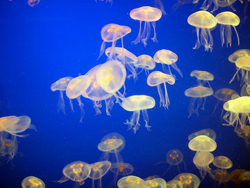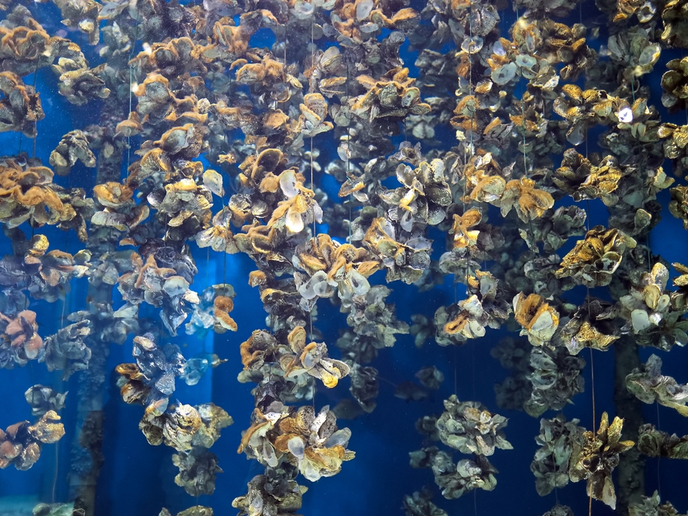Major advancements in jellyplankton management
The over-abundance of jellyplankton poses serious problems for fisheries due to its toxic effect on fish. Furthermore it negatively affects aquaculture, coastal tourism and industrial development. In light of this, the EUROGEL project comprised of nine European partners, conducted field-based experiments in order to pinpoint and analyse mass jellyplankton developments. In so doing, their ecological and socio-economical effects could be better understood. Included in the study was the examination of the functional biology of the species particularly in regard to fish larvae and the role that biotic factors play on survival, growth and reproduction. In order to predict occurrences of jellyplankton, a general purpose computer-based model known as GelMOD was designed. The model is able to simulate the transport of jellyplankton caused by winds and tides and is applicable to shallow water coastal regions. Furthermore any relevant environmental effects such as temperature and salinity on jellyplankton can be incorporated into the model. Best of all, the model is capable of high temporal and spatial resolutions.







